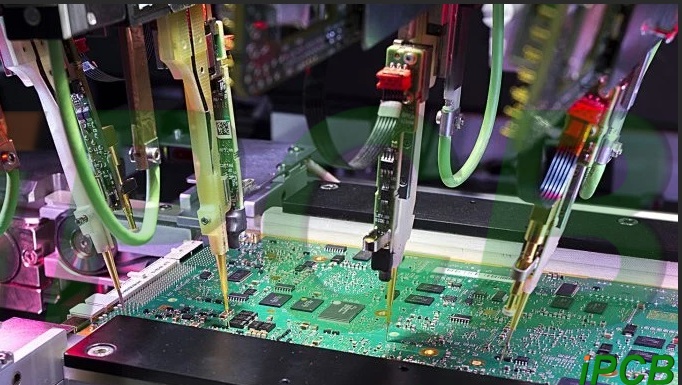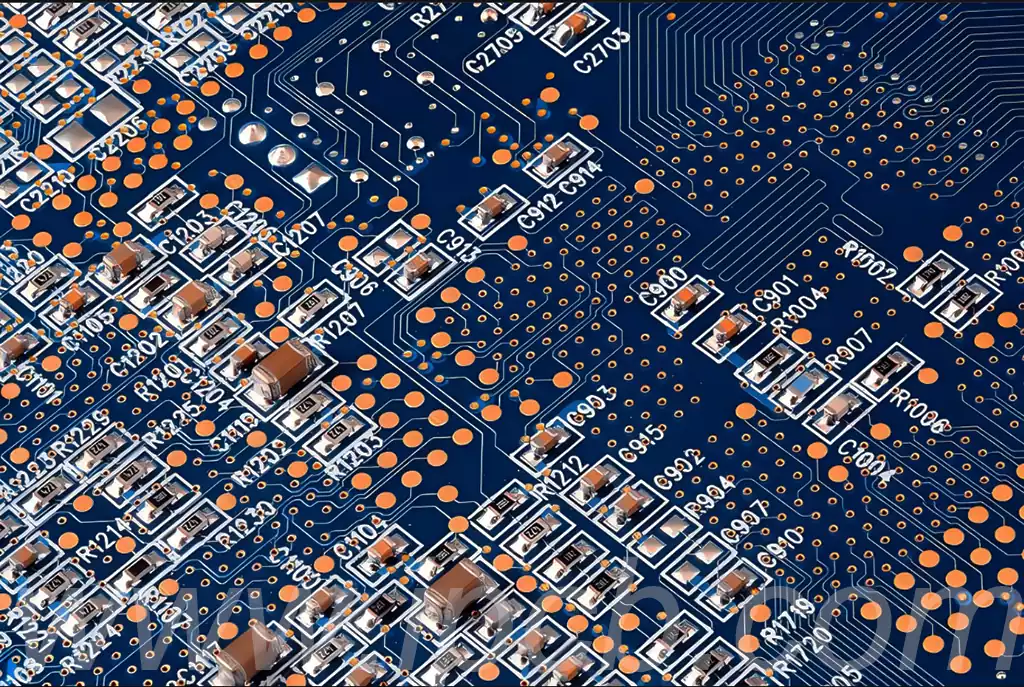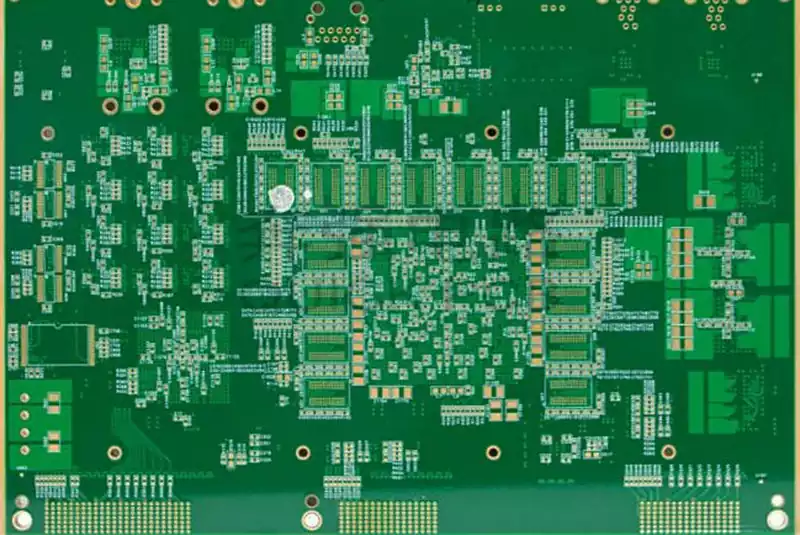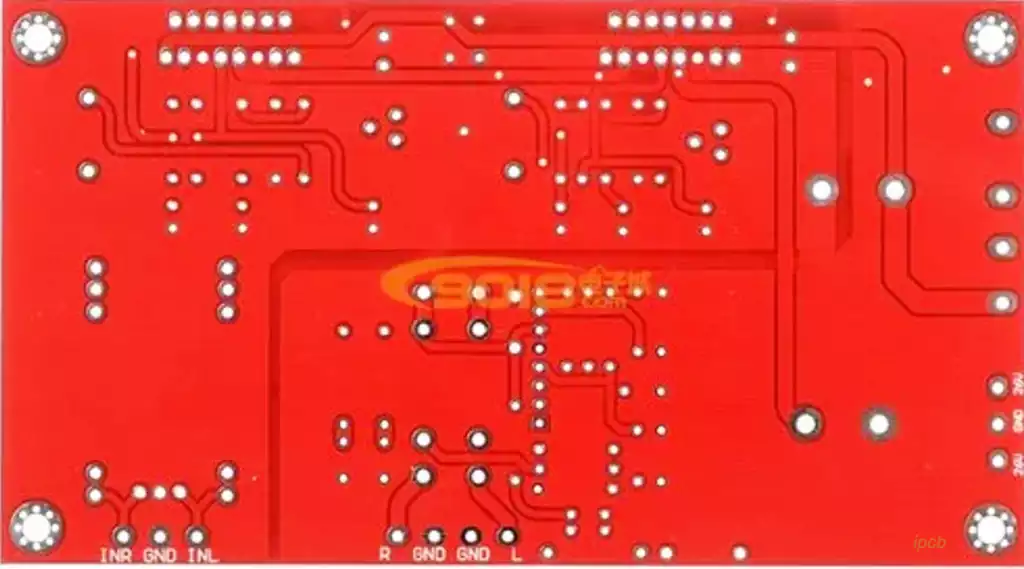High-speed pcb board circuits typically refer to digital circuits operating at very high speeds, which is related to the clock pulse frequency required by digital circuits. These pulses are rectangular waveforms. High-frequency circuits generally denote radio wave frequencies, which are sinusoidal waves. Both the transmission and reception circuits for radio waves are typically termed high-frequency circuits. The term “high-frequency” can sometimes be relative; for instance, the intermediate frequency (IF) circuit in a television operates at a higher frequency than the high-frequency circuit in a radio.
Differences between High Frequency PCB Boards and High Speed PCB Boards
Applicable Signal Types
High Frequency PCB Boards: Designed specifically for processing signals at 500MHz and above, commonly used in RF and microwave communications.
High Speed PCB Boards: Suitable for transmitting digital signals ranging from tens of MHz to GHz levels, with a focus on achieving Gbps-level high-speed transmission rather than handling high-frequency signals.
Material Properties
High Frequency PCB Board Materials
Typically employ PTFE (polytetrafluoroethylene), RO4350B, and similar materials with low dielectric constant (Dk) and low loss factor (Df), effectively reducing signal attenuation.
Concurrently, materials must exhibit excellent thermal stability and high-temperature resistance, such as withstanding temperatures exceeding 200°C.
High Speed PCB Board Materials
Most employ FR4 high TG materials or modified epoxy resins, balancing cost and performance.
Greater emphasis is placed on dielectric loss (Df) to minimise signal delay and crosstalk.
Structural Design
Trace Width and Board Thickness
High Frequency PCB Boards: Trace widths and spacings are designed finer, forming micro-traces, with relatively thinner board thickness to reduce impedance discontinuities.
High Speed PCB Boards:
Track widths may be appropriately increased, with slightly thicker boards to suppress EMI (electromagnetic interference).
Manufacturing Process
High-frequency board production demands precise copper layer thickness control, achievable to micrometre accuracy, alongside specialised processing techniques.
Application Scenarios
High-Frequency Boards: Primarily employed in radio communications, radar, satellite systems, and other domains requiring high-frequency signal processing.
High-Speed Boards: Commonly used in computer motherboards, industrial control equipment, and scenarios involving high-speed digital signal transmission.
Performance Focus
High-Frequency Boards: Emphasise signal transmission fidelity, low-loss characteristics, and interference resistance.
High-Speed Boards: Prioritise signal integrity, low-latency performance, and stability in high-speed data transmission.
High-frequency circuits and high-speed circuits share certain similarities yet are not interchangeable. High-frequency circuits prioritise frequency characteristics, whereas high-speed circuits emphasise signal transmission velocity. Under specific conditions, they may be converted between each other, though each exhibits distinct performance advantages and limitations.
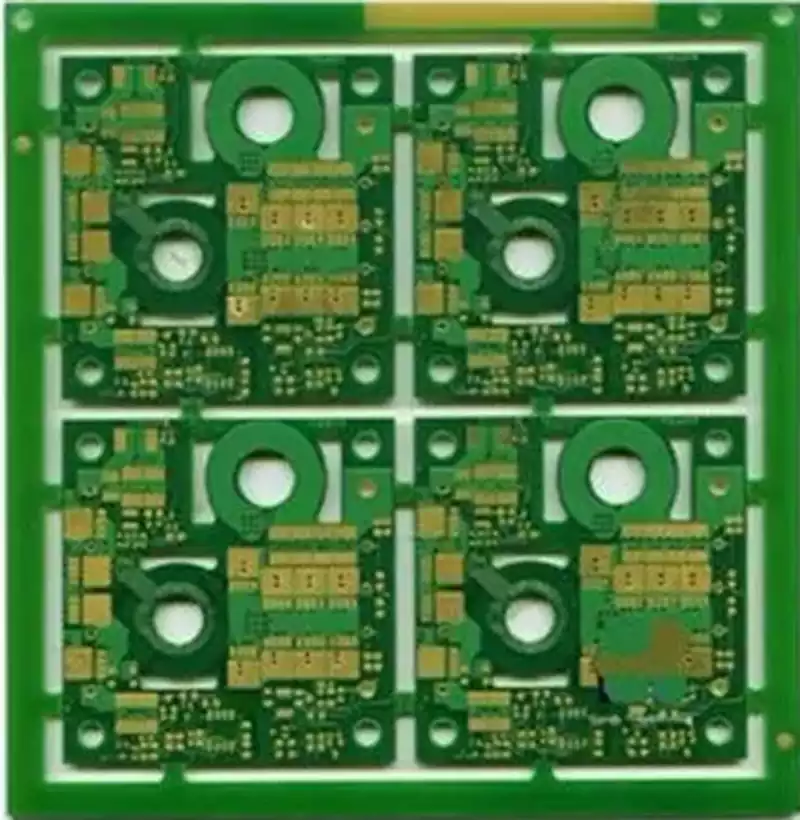
The Relationship Between High-Frequency and High-Speed Circuits
Although high-frequency and high-speed circuits differ in definition, they can be converted between each other under specific conditions. For instance, in digital circuits, high-frequency signals often imply faster signal transmission speeds. Consequently, in certain applications, high-frequency and high-speed circuits can be mutually converted.
However, it should be noted that both high-frequency and high-speed circuits possess distinct performance advantages and disadvantages. High-frequency circuits exhibit greater efficiency and stability when handling high-frequency signals, though they may encounter higher energy consumption and susceptibility to noise interference. Conversely, while high-speed circuits can achieve faster signal transmission rates, they may compromise signal stability.
In practical applications, both high-frequency and high-speed circuits have their respective suitable scenarios. In fields such as wireless communications, radar, and broadcasting, high-frequency circuits play a vital role. Conversely, in computing, network communications, and data transmission, high-speed circuits offer irreplaceable advantages.
When selecting between high-frequency and high-speed circuits, a careful assessment of the specific application requirements is essential. For instance, high-frequency circuits may be more suitable for applications requiring the processing of high-frequency signals, whereas high-speed circuits may hold greater advantages for applications demanding rapid data transmission.
High frequency pcb board circuits and high-speed circuits are both distinct and interconnected, each exhibiting different strengths and weaknesses in performance while serving different application scenarios. In practical implementation, we must carefully weigh specific requirements to select the most suitable circuit type. Only then can their advantages be fully leveraged, providing a robust foundation for the stable operation and efficient performance of diverse electronic systems.
